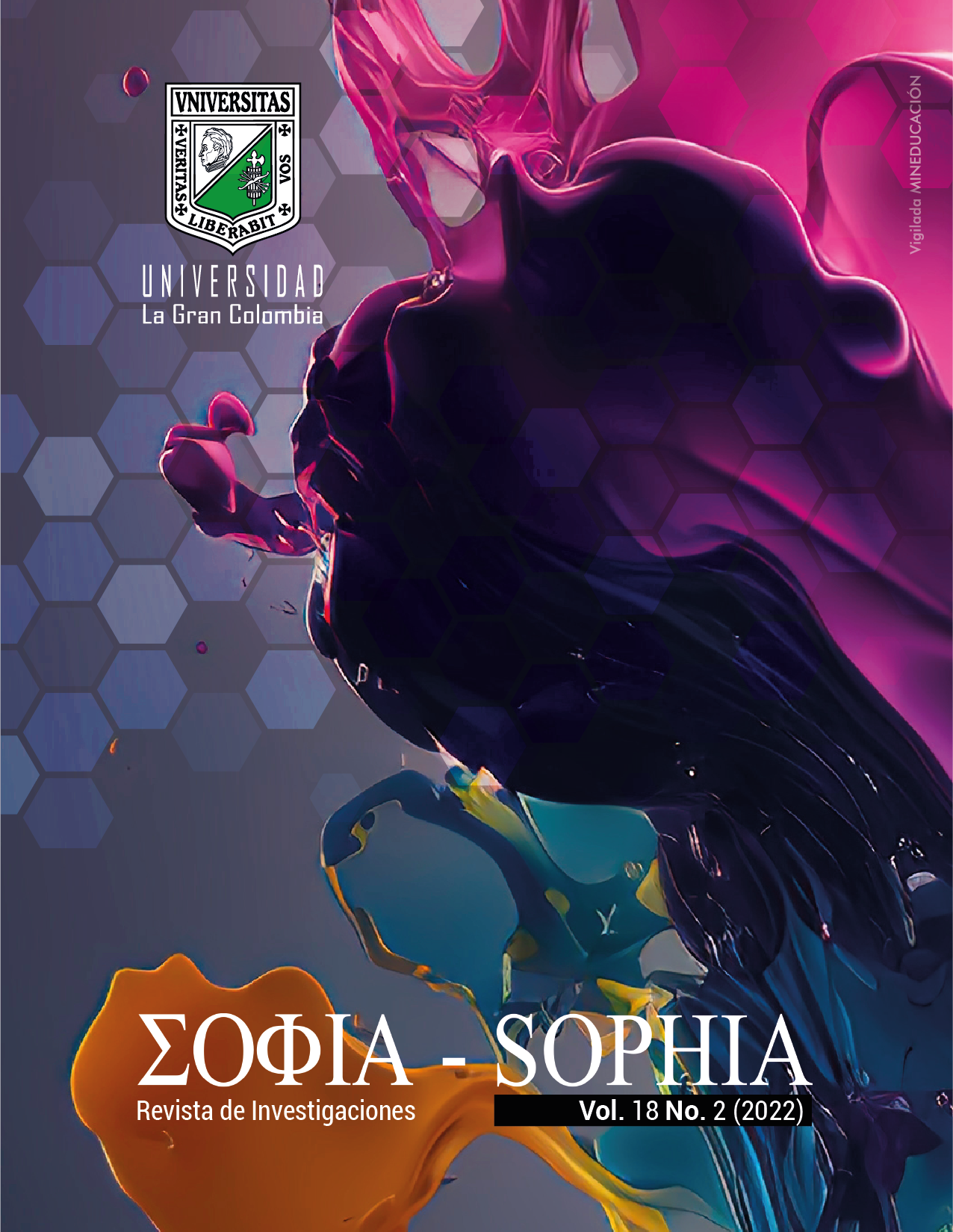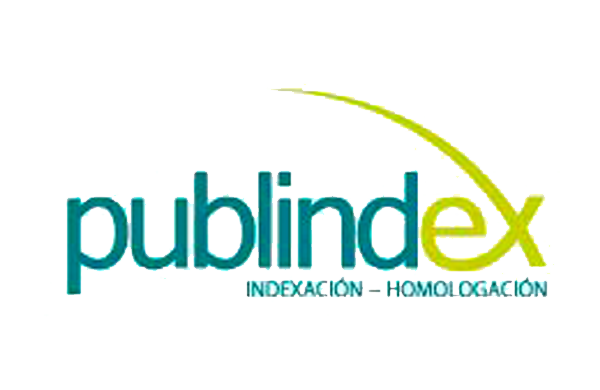Transforming educational paradigms: new classrooms in times of crisis
DOI:
https://doi.org/10.18634/sophiaj.18v.2i.1116Keywords:
education, family, pedagogical innovation, pandemic, information technologyAbstract
This article seeks to take a look at the transformation of education and the form of work meetings in the teaching and learning processes as a result of SARS - Cov-2, a pandemic that made educational institutions close their doors leaving aside the presentiality and begin to think about how to teach, how to teach, with what resources to teach, and with what resources to teach, Therefore, the various actors of the educational community entered into a game of constant, autonomous and effective learning with the intention of embracing the different educational platforms (Classroom, Moodle) and social networks (WhatsApp, Instagram, Facebook) that became classrooms from each of the homes of both students and teachers. It also stands out the fact that teachers in addition to guiding the educational processes became the emotional support of the families in the middle of the confinement, since the confinement of each of the families produced some crises and conflicts among them. In this back and forth of methodological changes, videoconference platforms came into play to bring synchronous meetings that allowed glimpsing the technological and knowledge gaps of the students from their different contexts. The changes in communication are taken into consideration, moving from face-to-face or physical communication to virtual contact (even non-verbal) in which both the receiver and the sender had to be clear about the message being transmitted.References
Brönstrup, C., Godoi, E., y Ribeiro, A. (2007). Comunicación, lenguaje y comunicación organizacional. Signo y
Pensamiento, XXVI(51), 25-37.
Buitrago, F., Ciurana, R., Fernández, M., y Tizón, J. (2020). Pandemia de la COVID-19 y salud mental: reflexiones iniciales desde la atención primaria de salud española. Elsevier, 53(1), 89-101.
Celaya, J. (2008). La empresa en la web 2.0. Grupo Planeta, España.
Correa, W. (2020). Análisis del uso de las plataformas digitales del bachillerato de La Troncal en el 2020. Dspace.
Dans, E. (2009). Educación online: plataformas educativas y el dilema de la apertura. Revista de Universidad y
Sociedad del Conocimiento , 6(1), 22-30.
Fernández, A., y Cesteros, P. (2009). Las plataformas e-learning para la enseñanza y el aprendizaje universitario
López, J., Romero, E., y Ropero, E. (2010). Utilización de Moodle para el desarrollo y evaluación de competencias en los Alumnos. Scielo, 3(1), 45-52.
Ordorika, I. (2020). Pandemia y educación superior. revista de la educación superior, 49(1), 1-8.
Ruiz , G. (2020). De pandemia y reconocimientos. Revista Mexicana de Investigación Educativa, 25(86), 509-517.
Touriñán, J. (2017). El concepto de educación. Carácter, sentido pedagógico, significado y orientación formativa
temporal. Hacia la contrucción de ámbitos de educación. Revista Virtual Redipe, 12(6), 24-65.
Varani, G. (2016). Gestionando el campus virtual escolar con Classroom. Dialnet, 1(1), 547-553.
Villalobos, K. (2021). ¿Cómo es el trabajo de los profesores de educación básica en tiempos de pandemia? modalidades de aprendizaje y percepción del profesorado chileno sobre la educación a distancia. Perspectiva Educacional. Formación de Profesores, 60(1), 107-138.
Downloads
Published
Issue
Section
License
Creative Commosn Licence 4.0








